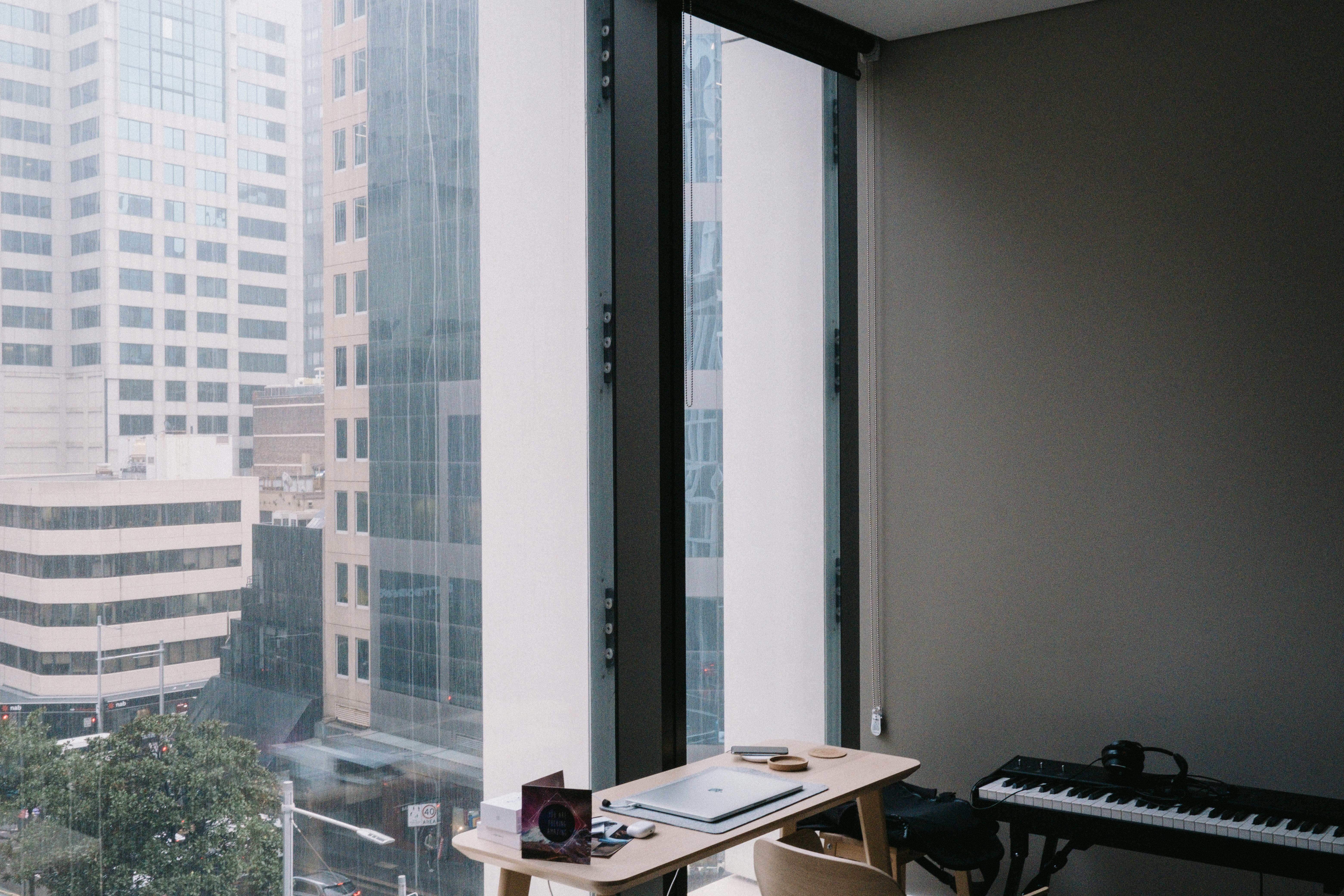
Preparation of Profit and Loss Account
Explanation of Certain Items in the Profit and Loss Account
1. Salaries
Salaries are paid for employee services and are charged to the profit and loss account as an indirect expense. If any salary has been paid to the owner or partners, it must be shown separately because it requires special treatment at the time of income tax determination.
2. Wages and salaries
When the salary account is included with salaries, it is treated as an indirect expense and is taken into profit and loss account.
3.Rent
The rental of the office store showroom or godown is an indirect expense and is therefore charged to the profit and loss account. However, the factory rent is debited from the trading account. When part of the building has been sublet, the rent received should be shown on the credit side of the profit and loss account as a separate line item.
4. Fees and Taxes
These are used by local authorities to meet public spending. Being an indirect expense, it is shown in the debit of the profit and loss account.
5.Interest
Interest on loans, overdrafts or past due debts is payable by the company. It is an indirect expense; thus charged to the profit and loss account. The interest on the loan advanced by the company on the depositors’ investments is an income of the company and is therefore credited to the profit and loss account.
If the company has paid any interest on the capital to its owner or partners, it should also be charged to the profit and loss account but separately because this item needs special treatment at the time of income tax determination.
6. Committee
In business, agents are sometimes appointed to make sales, who are paid a commission as remuneration. So, being a selling expense, it shows up on the debit side of the profit and loss account. Sometimes a commission is also paid for the purchase of goods, for which the expenses must be charged to the trading account. Sometimes the company may also act as an agent for other trading houses and in such cases receive a commission from them. The commission thus received is shown on the credit side of the profit and loss account.
7. Business Expenses
They are also called as ‘miscellaneous expenses’. Business expenses represent expenses of such a nature that it is not worth opening separate accounts. Business expenses are not taken into account business.
8. Repairs
Repairs to the plant, machinery, building are indirect expenses, they are treated as an expense and charged to the profit and loss account.
9. Travel expenses
Unless otherwise stated, travel expenses are treated as indirect expenses and charged to the profit and loss account.
10. Horse and stable expenses
Expenses incurred for horse fodder and wages paid for stable care are treated as indirect expenses and charged to the profit and loss account.
11. Premium Apprentice
It is the amount charged to the people to whom the company provides training. It is income and is credited to the profit and loss account. In case the apprenticeship premium is charged in advance for two or three years, then the amount is spread over several years and each year’s profit and loss account is credited with its share of the income.
12. Bad debts
It is the amount that could not be recovered by the merchant for credit sales. It is a business loss, so it is charged to the profit and loss account.
13. Life insurance premium
If the premium is paid on the business owner’s life policy; it is treated as the drawing of it and is shown by deduction from the capital account. It should not be taken to the profit and loss account.
14. Insurance premium
If the insurance premium account appears on the trial balance, it represents the company’s insurance. This is taken to the profit and loss account. The insurance premium on purchased goods, factory construction, factory machines are treated as direct expenses and are taken to the business account.
15. Income Tax
In the case of merchants’ income tax, the tax paid is treated as a personal expense and is shown by deduction from the capital account. Income tax in the case of companies is treated differently.
16. Discount allowed and received
The discount is a reward for prompt payment. It is believed to show the discount received and the discount allowed separately on the credit and debit side of the profit and loss account, respectively, instead of showing the net balance of this account.
17. Depreciation
Depreciation is a loss incurred from the use of fixed assets in the business. Generally, it is debited from the profit and loss account at a fixed percentage. Students must be very careful regarding the rate of depreciation. If the rate does not have the words ‘per year’, then the rate will be taken regardless of the accounting period. This is very important when the accounting period is less than one year. On the other hand, if the depreciation rate is ‘annual’, the depreciation must be calculated on the assets with due regard to the period during which the asset has been used in the business during the year. In the case of additions to assets during the year, it is advisable to ignore the depreciation of the additions if the date of the additions is not given. The same rule will apply to the sale of goods during the year.
18. Ending stocks that appear on the trial balance.
It is important to emphasize the rule that the balance that appears in the trial balance is carried in one place. It can be a trading account or a profit and loss account or a balance sheet. Since the stock is ultimately an asset, it will be listed on the balance sheet. On the other hand, as long as there is stock in the trade, the account should be kept open and therefore carried on the asset side of the balance sheet.


